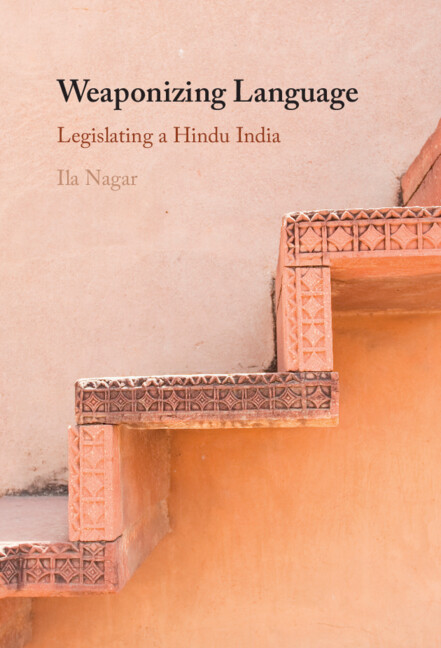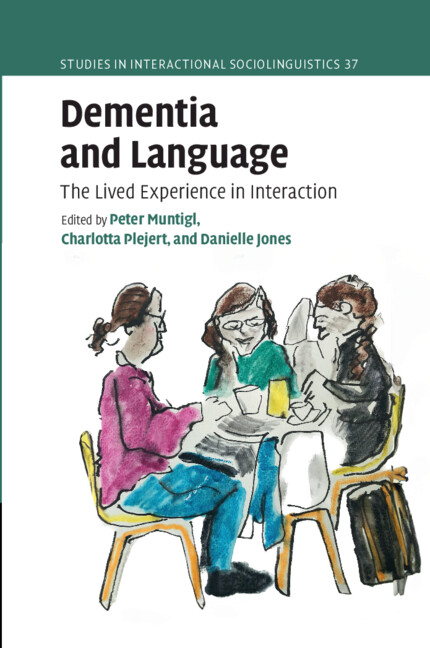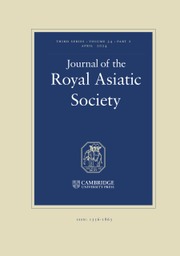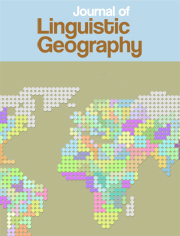Weaponizing Language
Small linguistic tricks can have big footprints. This book examines how India's current Hindu nationalist government uses language as a weapon against its Muslim citizens. Each chapter provides a discursive history of matters that have been a source of conflict between Hindus and Muslims in India, highlighting the potent relationship between language and politics. The book explores four issues, Ramajanmbhoomi temple, Muslim Personal Law as it pertains to Indian Muslim women, Kashmir and revocation of Article 370, and Citizenship (Amendment) Act/National Registry of Citizens, whose histories in courts and legislative bodies are written in linguistic trickery. Offering novel ways of understanding why the Hindu right has claimed victories on these legislative and judicial matters that impact the lives of minority citizens, it is essential reading for key insights for academic researchers and students in sociolinguistics, as well as South Asia studies, gender studies and Indian politics and culture.
- Takes an in-depth look at the role language plays in politics in India and beyond
- Provides a history of discourse on legislative and judicial matters that affect the life of Indian Muslims
- Shows that the action language causes can be legislative and judicial in nature
Reviews & endorsements
‘Nagar’s lucid and compassionate volume introduces 'linguistic trickery' as a powerful analytic for understanding the subtle yet consequential maneuvers that so often characterize political discourse. Encompassing a range of rhetorical strategies, the concept reveals how India’s Hindu right has weaponized language to construct threatening images of Indian Muslims-paving the way for the tragedies of the nation’s ethnonational present.’ Janet McIntosh, Professor of Anthropology, Brandeis University
Product details
August 2025Adobe eBook Reader
9781009480277
0 pages
Not yet published - available from August 2025
Table of Contents
- Acknowledgments
- Author's Notes
- Political Parties, Alliances, and Abbreviations
- Chronology
- Introduction
- 1. Cartographies of Language and Citizenship
- 2. Where God Was Born: Ramajanmbhoomi and Babri Masjid
- 3. From Shah Bano to Sharaya Bano: Indian Muslim Women as Subjects of Rights
- 4. Gifts that Keep on Giving: Kashmir, Article 370, and Pakistan
- 5. Who Is a Citizen of India? Citizenship Amendment Act, Minorities, and Termites
- Postscript
- Appendix
- Glossary
- References.









